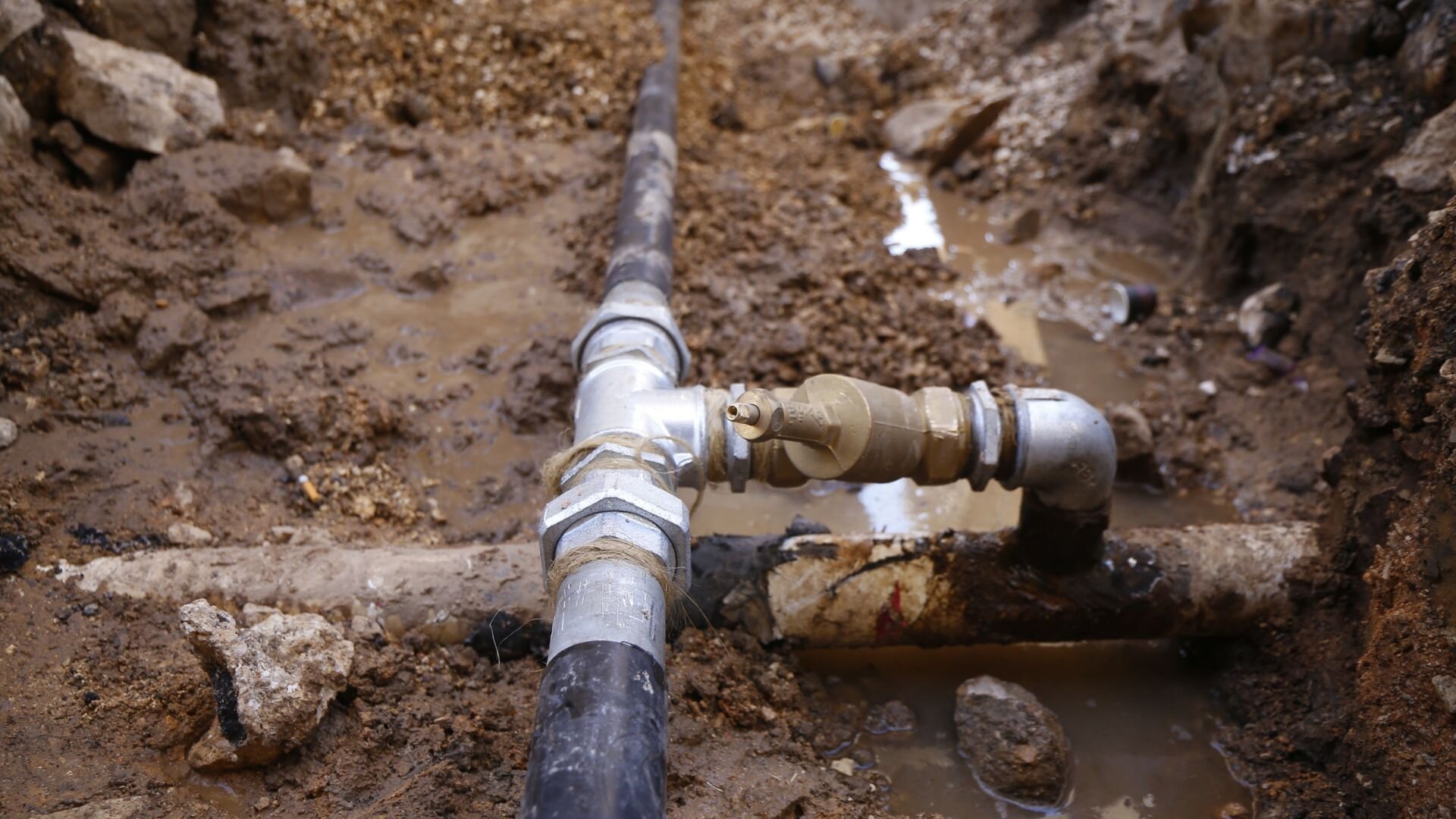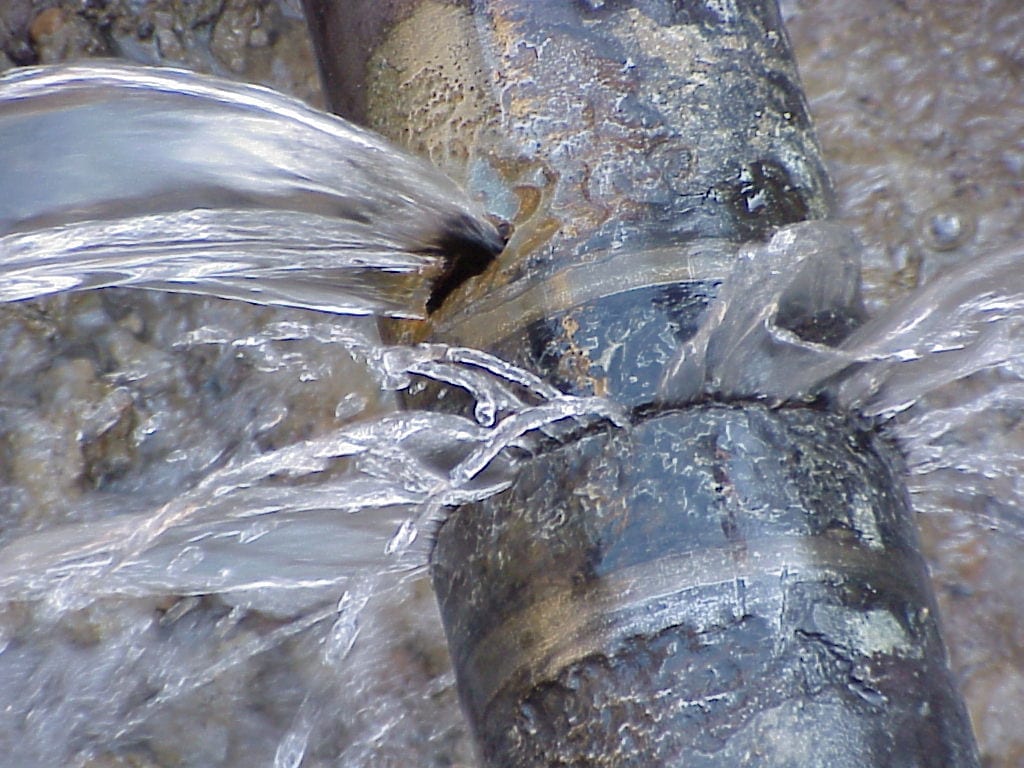Understanding the Causes of a Burst Pipe and How to Prevent It
Understanding the Causes of a Burst Pipe and How to Prevent It
Blog Article
Protecting Against Burst Pipes: Essential Tips to Shield Your Pipes
Protecting against ruptured pipelines is a critical issue for homeowners, specifically throughout chillier months when the risk of cold is enhanced. Implementing critical procedures such as proper insulation, regular inspections, and maintaining constant indoor temperature levels can significantly reduce the probability of pipeline failing.
Understand Pipe Vulnerabilities
Recognizing pipeline susceptabilities is necessary for efficient plumbing upkeep and protecting against expensive damage. Several factors add to the susceptibility of pipelines to ruptureds, consisting of material composition, age, and environmental problems. Older pipes, particularly those made from galvanized steel or polybutylene, typically break down gradually, resulting in boosted danger of leakages and tears.
Temperature changes can also substantially influence pipe integrity. In colder environments, water entraped in pipelines can ice up, putting in and broadening stress on the pipe walls, which might inevitably lead to a ruptured. High water pressure can strain pipelines, especially at joints and bends, heightening the likelihood of failure.

Insulate Pipes Effectively
Correct insulation of pipelines is crucial for stopping freezing and succeeding bursts during cool weather condition (burst pipe). Insulating your plumbing system effectively safeguards against temperature level drops that can bring about pricey damages. Begin by recognizing susceptible areas where pipelines are revealed to outdoor temperature levels, such as basements, attic rooms, and exterior wall surfaces
Usage foam pipe insulation sleeves or cover insulation tape around these locations to offer a protective barrier. Guarantee that all sections of the pipes, particularly those with minimal warm direct exposure, receive adequate insulation. Pay special focus to joints and installations, as these are a lot more prone to cold.
When shielding, it's important to pick materials that satisfy regional building ordinance and are ideal for the particular setting. As an example, fiberglass insulation is usually recommended for its thermal resistance properties - burst pipe. Furthermore, think about using warm cables or tape in extreme conditions, which can be connected in to provide supplementary heat
Frequently examine shielded pipes for any signs of wear or damages, as jeopardized insulation can diminish its efficiency. By taking these proactive steps, you considerably lower the danger of pipe bursts, making sure a reliable pipes system throughout the winter season months.
Maintain Consistent Temperature
A steady indoor temperature is crucial for protecting against ruptured pipes during the icy months. When temperatures drop, water within pipes can freeze, developing and broadening stress that might ultimately cause the pipes to ruptured. To minimize this threat, house owners ought to keep a regular temperature level throughout their living room, ideally no lower than 55 ° F(13 ° C)Making use of a programmable thermostat can aid handle indoor temperature levels efficiently, making certain that rooms with pipes continue to be cozy even when your home is empty. Pay unique focus to areas that are more at risk to cold, such as cellars, garages, and attic rooms. Keeping cupboard doors open under sinks can likewise enable warmer air from the home to circulate around pipes.
This minor circulation of water can prevent freezing by relieving stress within the pipelines. By executing these techniques, homeowners can substantially reduce the risk of pipeline ruptureds and protect their plumbing systems against the rough winter aspects.
Consistently Examine Plumbing
Regular examinations of plumbing systems are essential for stopping ruptured pipes and maintaining overall home integrity. Throughout these inspections, it is necessary to analyze visible pipes for signs of corrosion, leaks, or use.
In addition, evaluating joints and connections is essential, as these points are frequently susceptible to leakages. House owners must likewise examine water pressure degrees, as excessive stress can strain the pipes system and Resources increase the danger of pipeline ruptureds.
Think about scheduling expert pipes examinations a minimum of as soon as a year, especially prior to winter season, to ensure your system is gotten ready for cooler temperatures. Routine evaluations not only help in determining prompt problems yet likewise foster lasting maintenance techniques that can enhance the life expectancy of your plumbing system. By being positive in Extra resources your method, you can protect your home versus the turbulent and expensive consequences of ruptured pipes. Prioritizing pipes examinations is a financial investment in your home's health and wellness.
Know Emergency Procedures
Understanding emergency situation procedures is essential for every property owner, particularly after carrying out normal plumbing evaluations. Being prepared for a pipes emergency situation can substantially mitigate damages and save prices.
Next, keep essential devices helpful. A pipes emergency situation package should include a wrench, plunger, and towels, in addition to a flashlight and a bucket for small leakages. In addition, take into consideration having the contact information for a trusted plumbing professional easily available, ought to the scenario escalate past your control.
If you identify a leakage or burst pipeline, instantly shut off the water supply and inform your plumber. In addition, record the damages with photos for insurance purposes. burst pipe. Recognize the indicators of prospective plumbing concerns, such as unusual water pressure changes or damp spots on walls
Ultimately, proactive knowledge and quick action are crucial in taking care of pipes emergency situations, ensuring your home stays protected and decreasing prospective damages.

Conclusion
To conclude, stopping ruptured pipelines necessitates a multifaceted method that includes understanding pipeline vulnerabilities, proper insulation, maintaining constant indoor temperatures, normal assessments, and understanding of emergency treatments. By carrying out these essential techniques, the danger of plumbing failings can be dramatically reduced, thereby making sure the long life and effectiveness of the pipes system. Aggressive procedures not only protect versus potential damage yet also add to total water preservation and the security of residential or commercial property.
In cooler climates, water trapped in pipes can freeze, increasing and applying pressure on the pipeline wall surfaces, which may ultimately lead to a ruptured. When temperature levels decline, water within pipes can freeze, creating and expanding pressure that may ultimately trigger the pipelines to burst. By executing these methods, house owners can considerably decrease the threat of pipe ruptureds and guard their plumbing systems against the rough winter season aspects.

Report this page